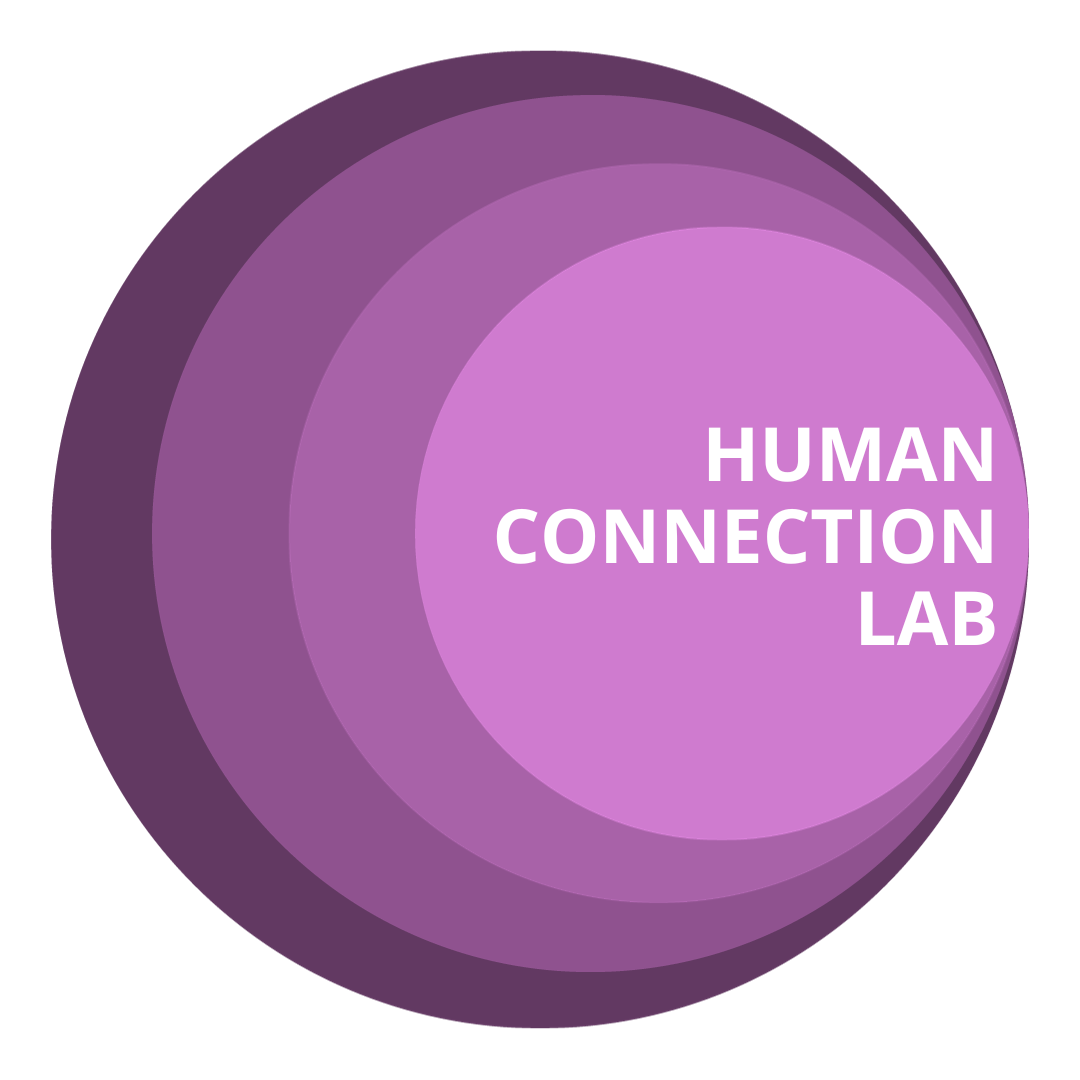Trauma Informed Touch Therapy: Judy’s Journey from Self-Loathing to Self-Loving
For many survivors of childhood sexual abuse or incest, touch can feel dangerous. It can trigger memories of harm or feelings of unworthiness. Yet safe, nurturing touch is also one of the most powerful ways to heal. This is where trauma-informed touch therapy comes in—a practice rooted in consent, boundaries, and nervous system regulation.
One of my clients, Judy, generously shared her story on The Intimacy Lab Podcast. With her permission, I’m sharing highlights here because her journey captures what trauma-informed touch can look like in real life.
“One of the Bravest Things I Ever Did Was Ask for Help”
Judy is a professor, consultant, and public speaker. By the time she reached out to me, she had already spent years in somatically based talk therapy, doing deep work to untangle the trauma of childhood sexual abuse.
But she still carried a deep belief: “I’m broken. I don’t deserve to be held.”
When she booked her first Cuddlist session, she didn’t know what to expect. What she discovered was that trauma-informed touch could offer something talk alone could not: a corrective emotional experience.
“One of the bravest things I ever did was ask for help,” Judy reflected. “At first I believed I should be able to handle it all on my own. But reaching out for safe, consent-based touch gave me a quality of life I never dreamed possible.”
Learning Consent, Capacity, and Choice
Much of our work together centered on helping Judy notice her own signals of safety and discomfort. Sometimes that meant saying no to something as small as leaving a picnic early, or saying yes to trying a new cuddle position.
In trauma-informed touch therapy, every step is an opportunity to make a choice. The client decides what feels right and what they want more of, moment by moment.
Judy described the power of this:
“For me, just realizing I could say, ‘This is too much’ and have it respected was healing. My body needed to know I was safe, that I could choose to stop at any time. That was new for me.”
Rewriting Old Stories in the Body
Trauma isn’t just a memory—it’s how the body stores those memories. Judy’s body had long defaulted to hyper-vigilance: scanning exits in restaurants, sitting only with her back to a wall, never relaxing fully in public spaces.
But over time, through safe, structured touch, Judy noticed subtle shifts.
She recalled sitting on a friend’s third-floor balcony without panic for the first time:
“The old PTSD response would have kicked in—planning escape routes, bracing for collapse. But instead I just enjoyed the evening. Later I realized… that was new. My body was finally starting to trust safety.”
In another session, she was able to lie with her back to my office door—a position that would have once felt impossible. She cried, realizing her body no longer needed to stay in hyper awareness.
The Triadic Model: Healing with a Team
Judy’s journey was supported by what’s called the triadic model: her talk therapist, me as a cuddle therapist/platonic surrogate partner, and Judy herself working together. This collaborative approach ensured that touch therapy was integrated with her ongoing therapeutic work.
“It feels like having a committee of support,” Judy said. “My therapist helps me with the cognitive work, Michelle helps me with the somatic work, and together they’ve believed in me enough that I’m beginning to believe in myself.”
From Self-Loathing to Self-Loving
Perhaps the most profound transformation Judy described was learning to see herself as worthy of love and care.
“For years I disqualified myself,” she admitted. “I thought, if you really knew me, you couldn’t possibly love me. But in this work, I’ve experienced being seen, being held, and being cherished. I’m learning I am worth it. That’s a quality of life I never dreamed was possible.”
Why Trauma-Informed Touch Therapy Matters
Judy’s story illustrates why survivors need more than words. Healing touch, when offered with clear boundaries, consent, and trauma awareness, can help rewire the nervous system and restore a sense of safety in the body.
It doesn’t erase the past—but it creates new experiences where love, safety, and connection become possible.
A Closing Reflection
As Judy said, “You don’t have to die this way, feeling broken, unloved, and untouched. There are safe people and safe ways to heal. Asking for help is one of the bravest things you can do.”

